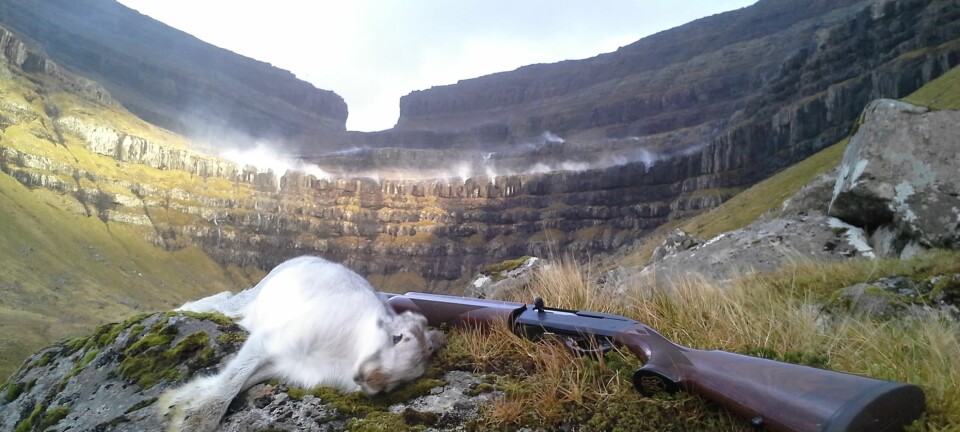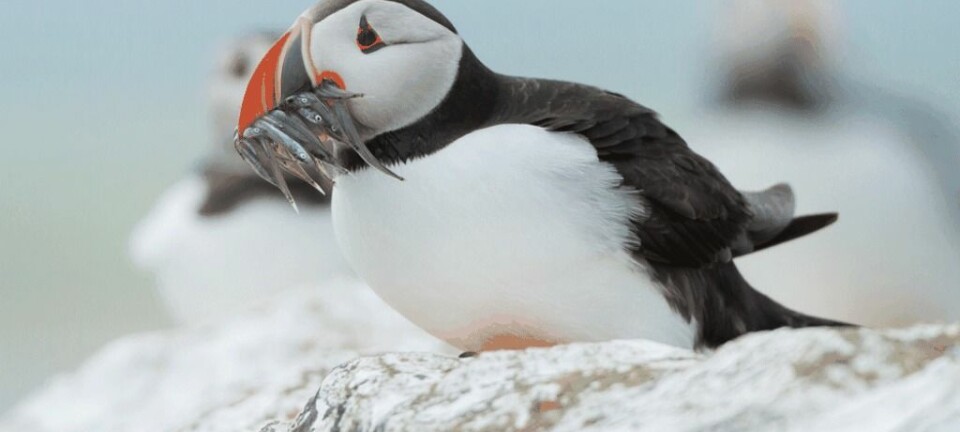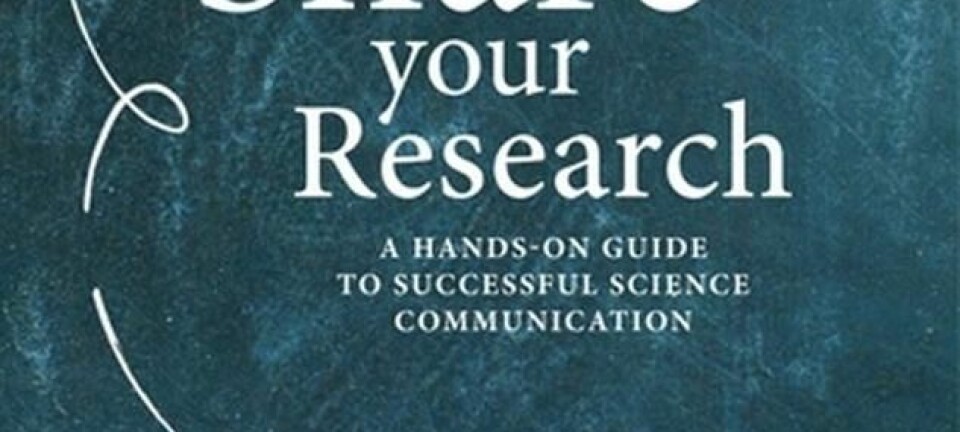
How Alice in Wonderland helped make skin disease more understandable
Scientists should share their research in more creative ways, says scientist who turned her PhD thesis on skin disease into an adventurous video.
What does Alice in Wonderland have to do with science? The answer, according to postdoc Iben Miller from the dermatology department at Roskilde Hospital in Denmark, is curiosity.
Miller has produced a video to accompany her PhD research, which studied the link between external symptoms of skin irritations and other serious, but related health issues.
She uses the curiosity of Alice from Lewis Carroll’s famous children’s story ‘Alice in Wonderland’ to tell the story behind her research.
“I think everyone can relate to being curious about something, and curiosity can be explored by both science and art,” says Miller.
“So I made Alice the theme of the video to describe my research to a wide audience in a more creative way, and not just as a scientific paper that can only be read by the experts in my field,” she says.
Her research investigated two inflammatory dermatological diseases called psoriasis and the lesser-known hidradenitis suppurativa.
“These two diseases are associated with what we call the metabolic syndrome--a cluster of cardiovascular risk factors like diabetes, hypertension, cholesterol imbalance, and obesity,” says Miller.
In the video, Alice transforms into a scientist who, with the help of the Mad Hatter and other characters, explores how the two skin diseases are associated with this group of risk factors that put patients at a higher risk of suffering a heart attack or stroke.
The video is aimed at both doctors and patients and Miller hopes it will raise awareness of these two often under diagnosed diseases.
Encouraging creative Science Communication
Miller hopes that this is the first of many coming projects that will communicate her research through videos that are immediately accessible to the public as well as to scientists of other backgrounds.
“I started to make this video initially because I wanted my friends and family to understand what I’d been doing for past 3 years,” says Miller.
“But I also wanted to convey my research in a more inspirational and creative way to a wider audience than just the other scientists in my field,” she says.
Communication: a crucial part of the scientific process
Miller’s dream scenario would be that every PhD student of all disciplines would have funds set aside dedicated to communication of their research to the public.
For Miller, finding interesting ways of communicating science is not just a fun side project but also a crucial part of the scientific process.
“We, as scientists, communicate to each other--we write articles and present at conferences--but I really think we have an obligation to share it with everyone, and in a way that is perhaps more interesting than only showing some colorless complex graph,” she says.
“No one teaches us how to communicate our work and that you can do it in whatever innovative, creative way you want as long as it conveys the message and is backed up by sufficient evidence. But we can. So I urge scientists to discover their own way of communicating important scientific concepts to their colleagues as well as the public,” says Miller.










